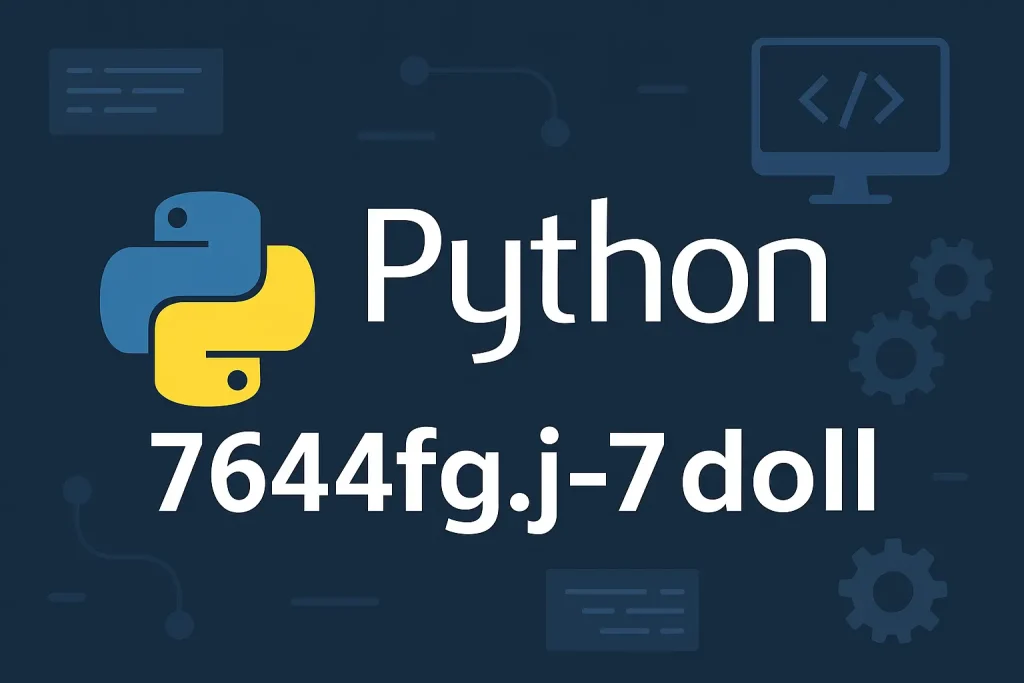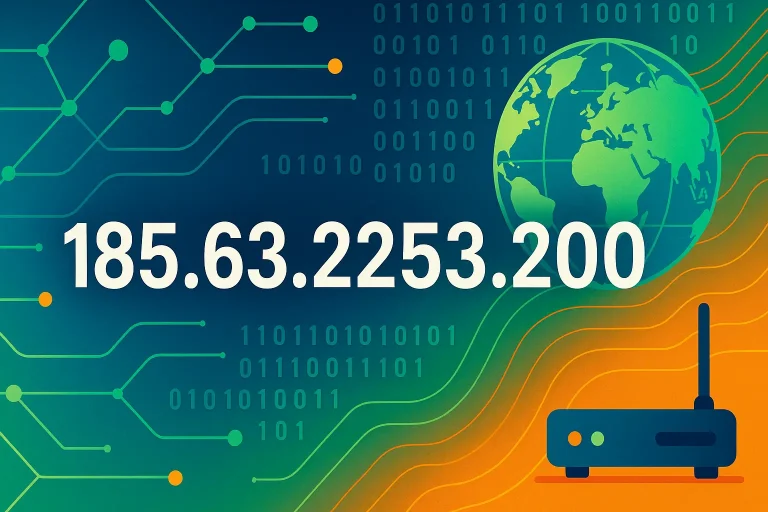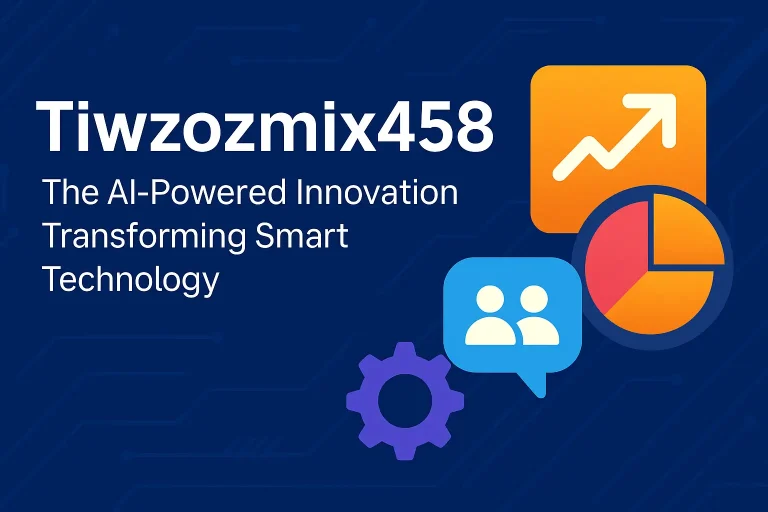
In the ever-evolving world of Python scripting, developers often come across cryptic identifiers like 7644fg.j-7doll. While it may look like a random string, it usually holds deep meaning in custom frameworks, data analysis scripts, or machine learning pipelines. Such identifiers are essential for enhancing clarity, control, and organization in advanced Python development.
Understanding these identifiers is crucial for developers navigating Python packages, API development, or error code resolution. This article explains the origins, purpose, and practical use of Python 7644fg.j-7doll while highlighting best practices in naming conventions and error handling.
What is Python 7644fg.j-7doll?
Python 7644fg.j-7doll is a custom Python identifier often used to mark a specific function, module, or experimental script. Its structure suggests that it’s not a default Python object but likely a developer-defined element created for internal use.
This type of identifier is common in custom Python modules, especially in open-source libraries or large codebases that require segmentation, labeling, or version tagging. When seen in logs, commits, or Python IDE tools like PyCharm or Visual Studio Code, it serves as a signal for developers.
Uncovering the Origins of 7644fg.j-7doll and Its Naming Convention
The naming convention of 7644fg.j-7doll suggests a hybrid model: part timestamp, part function ID, and part symbolic reference. Such unique identifiers are often generated using internal rules or version control integration with platforms like Git or GitHub.
Many teams adopt dynamic identifiers to tag components under development or to track functionality across commits. These names make debugging and traceability easier, especially in Python project management.
Also Read: https://fizzymag.co.uk/homerocketrealtyy-com/
Possible Interpretations of 7644fg.j-7doll in Programming
Some interpretations of this identifier include:
- Temporary marker in testing scripts
- Label for machine learning components
- Tag for tracking a user-defined API endpoint
In large-scale projects, identifiers like 7644fg.j-7doll can be associated with an experimental phase, allowing isolated changes without disrupting production code.
Why Developers Use Unconventional Identifiers in Python Projects
- To prevent naming conflicts in large codebases
- For traceability across Git commits and branches
- To label internal or confidential operations
- To define versioned or dynamic configurations
These identifiers can help with software optimization by providing unique fingerprints for different components, enhancing modularity.
Understanding the Role of Unique Identifiers in Python Architecture
In Python architecture, unique identifiers like 7644fg.j-7doll play a strategic role. They enable dependency management, encapsulation, and code organization across various scripts and functions.
They’re also used in inline documentation and are vital for building flexible, modular systems. This makes the code easier to scale, debug, and maintain.
How 7644fg.j-7doll Affects Code Performance and Debugging
- Allows for efficient script debugging strategies
- Helps isolate issues during error tracing
Using identifiers like this allows error handling tools to focus on targeted areas of the code, reducing dependency issues and improving overall system performance.
Key Reasons Developers Choose Custom Identifiers in Advanced Coding
- Enhances code modularity and reuse
- Supports open-source collaboration by avoiding conflicts
- Allows coding conventions to evolve with the project
Custom identifiers are essential in distinguishing between components with similar functionality, especially in collaborative environments.
Benefits of Using Distinct Identifiers in Python Development
- Improve code readability and structure
- Promote clear documentation for future devs
- Aid in automated error tracking and reports
A strong identifier convention ensures the longevity of Python projects, making it easier to scale or audit the code.
Real-World Use Cases for 7644fg.j-7doll in Modern Python Projects
In real projects, such identifiers appear in AI/ML pipelines, data transformation scripts, and custom logging frameworks. For example, in a healthcare analytics system, 7644fg.j-7doll might tag a patient-data filtering module.
Another use case is in API development, where identifiers manage endpoint behaviors dynamically, improving flexibility and traceability.
Machine Learning, Data Analysis, and the Role of Unique Identifiers
Unique identifiers support machine learning workflows by labeling preprocessing functions, model versions, or validation schemes. In data analysis scripts, they help isolate transformations for individual datasets.
Such identifiers become key to tracking model iterations, enhancing transparency and reproducibility, especially when published on GitHub or shared with teams.
How to Approach and Investigate Unknown Identifiers in Source Code
- Trace the identifier’s usage across the codebase using IDE tools
- Search related commit messages in Git
- Check project documentation or changelogs
These steps can help uncover the purpose behind obscure identifiers, preventing misinterpretation and potential bugs.
Exploring Code Documentation and Patterns to Understand 7644fg.j-7doll
Documentation often reveals the intent behind complex identifiers. Developers may explain their function in docstrings or README files.
Patterns like “7doll” may indicate naming frameworks used in internal documentation. Look for references across associated files or config folders.
Using Online Developer Communities to Decode Mysterious Identifiers
Platforms like Stack Overflow or Python Community Forums often offer insight into strange identifiers. Developers facing similar queries may have posted explanations.
Posting your code snippet on these platforms can also get you answers from contributors familiar with naming conventions in custom Python frameworks.
Identifying Configuration or Dependency Errors Linked to 7644fg.j-7doll
Misconfigured paths or uninstalled packages may result in errors related to this identifier. Run pip checks or inspect .env or YAML config files.
Dependency issues can cause error code in Python pointing to 7644fg.j-7doll when something it references isn’t properly linked.
How to Use Python IDEs to Debug Complex Identifier Issues
- Use Visual Studio Code to “Find All References”
- Leverage PyCharm’s inline debugger to monitor runtime behavior
These tools make tracing identifiers like 7644fg.j-7doll faster, ensuring quicker resolutions during Python error troubleshooting.
Best Practices for Implementing Unique Identifiers in Your Python Codebase
Use readable patterns for identifiers—hyphens or underscores, not overly complex strings. Prefixing by type (e.g., ml_7644fg) adds clarity.
Ensure every identifier has documentation. Even if it’s temporary, brief comments can save hours of debugging later.
Naming Conventions That Avoid Common Pitfalls with Custom Identifiers
Avoid look-alike characters and ambiguous naming. Stick to standards like PEP8 for basic readability.
Refrain from reusing the same identifier in different contexts. Consistency reduces confusion.
Maintaining Code Readability When Using Unique Identifier Strings
Readability is key to collaboration. Use descriptive identifiers where possible.
Include inline comments when using highly abstract names like 7644fg.j-7doll to ensure context remains clear.
Version Control and Tracking Changes to Identifiers Like 7644fg.j-7doll
Tools like Git offer commit tagging and diffs, letting you trace every appearance of the identifier.
Always document changes in your changelog to maintain clarity for future contributors.
When and Why to Refactor or Replace Ambiguous Identifiers
- If the identifier no longer represents its function
- When onboarding new developers becomes harder
- When switching from prototype to production
Refactoring helps align identifiers with your evolving coding conventions.
Future Trends in Python Identifier Naming and Customization
AI-assisted coding is influencing how we generate identifiers. Tools may soon offer suggestions that balance uniqueness and readability.
As open-source collaboration grows, more emphasis will be placed on global naming standards and smart identifier tracking.
Expert Insights on Using Non-standard Identifiers in Python
Experts agree: custom identifiers like 7644fg.j-7doll should be used thoughtfully. They serve a purpose but should remain understandable.
Leading Python developers from GitHub communities recommend pairing such identifiers with robust documentation and version control integration.
FAQs
Q1: Is 7644fg.j-7doll a built-in Python identifier?
No, it’s custom-made and likely internal to a specific project.
Q2: Can such identifiers affect runtime performance?
Not directly, but poorly managed ones can impact debugging efficiency.
Q3: How do I find where 7644fg.j-7doll is used?
Use IDE tools like PyCharm or search through Git commits.
Q4: Should I use similar identifiers in my projects?
Only if they improve modularity and are well-documented.
Q5: Can this identifier indicate a version number or function ID?
Yes, that’s often the case in experimental scripts or custom frameworks.
Final Thoughts
Python 7644fg.j-7doll might look mysterious at first glance, but it represents the evolving sophistication of modern coding. It shows how developers are leveraging custom identifiers for precision, control, and scalability.
Understanding and documenting such identifiers is a hallmark of great development practice. Whether you’re diving into machine learning, API development, or data analysis, knowing how to manage these strings can elevate your code—and your confidence.






